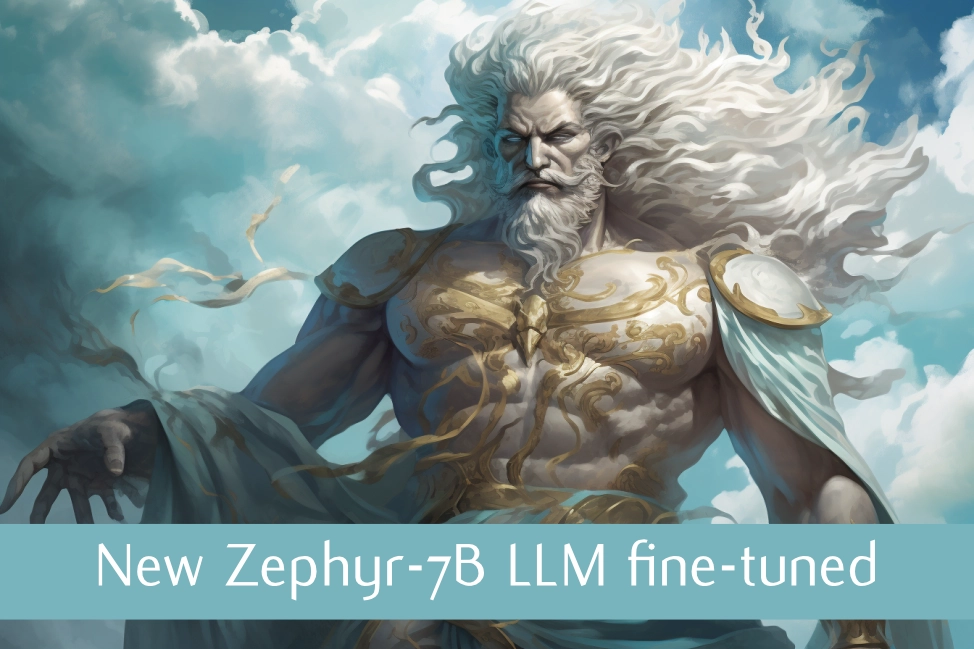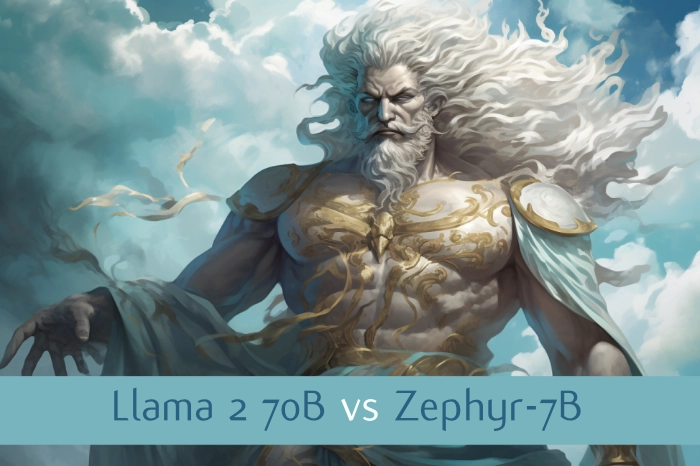[ad_1]
Una nueva investigación sobre PDS 70b, un exoplaneta que se forma a unos 400 años luz de distancia en la constelación Centauri, sugiere que los modelos prevalecientes de exoplanetas planeta La configuración puede requerir revisión. Según un estudio publicado en Astrophysical Journal Letters, los astrónomos encontraron un desajuste en la composición química del planeta. Atmósfera Y el disco protoplanetario circundante del que surgió. Este descubrimiento ha llevado a los investigadores a reconsiderar las teorías establecidas sobre cómo los planetas acumulan su masa y elementos durante su formación.
Características únicas del PDS 70b
El planeta, parte de un sistema de dos planetas, tiene casi tres veces el tamaño de Júpiter y orbita su estrella anfitriona a una distancia similar a la posición de Urano en el sistema solar. Investigadores Creemos que PDS 70b ha estado recolectando material durante unos 5 millones de años y puede estar acercándose al final de su fase de formación. Utilizando el telescopio Keck 2 en Hawaii, los científicos escanearon la atmósfera del planeta en busca de monóxido de carbono y agua, proporcionando información sobre el carbono y los elementos que se encuentran en él. Oxígeno Niveles: los principales indicadores de los orígenes planetarios.
Inconsistencia en la composición química.
Los resultados revelaron que la atmósfera del planeta contiene cantidades mucho menores Carbón Y oxígeno del esperado. Según el Dr. Chih-Chun Hsu, investigador postdoctoral de la Universidad Northwestern y autor principal del estudio, en un comunicado, esta discrepancia pone de relieve una posible simplificación excesiva en los modelos ampliamente aceptados de formación planetaria.
Teorías detrás de resultados inesperados
Los investigadores sugirieron dos posibles explicaciones. Una sugiere que PDS 70b incorporó la mayor parte del carbono y el oxígeno de materiales sólidos como el hielo y el polvo, liberando estos elementos durante la evaporación antes de incorporarse al planeta. Este proceso puede cambiar drásticamente la proporción de carbono a oxígeno, señaló en un comunicado el Dr. Jason Wang, profesor asistente de la Universidad Northwestern y coautor del estudio. Alternativamente, el disco protoplanetario puede haber experimentado recientemente un enriquecimiento de carbono, un escenario respaldado por algunos modelos de formación.
Se espera que futuras observaciones del segundo planeta del sistema, PDS 70c, proporcionen más datos para mejorar la comprensión de los procesos de formación planetaria. Los científicos subrayan la necesidad de estudiar más sistemas similares para obtener conocimientos más amplios sobre los mecanismos de formación de planetas.
Para lo último Noticias de tecnología y ReseñasSiga Gadgets 360 en incógnita, Facebook, WhatsApp, Temas y noticias de google. Para ver los últimos vídeos sobre gadgets y tecnología, suscríbete a nuestro canal. canal de youtube. Si quieres saber todo sobre los top influencers, sigue nuestra web ¿Quién es ese 360? en Instagram y YouTube.
[ad_2]
Source Article Link
















